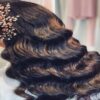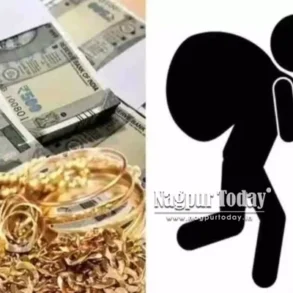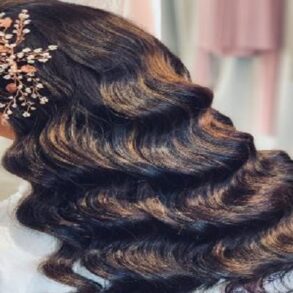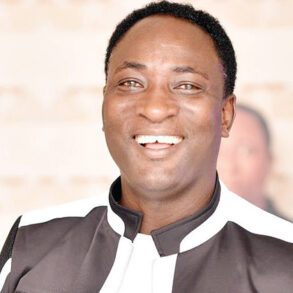
Now that enough time has passed since Wicked hit theaters, we can agree that making Elphaba a Black woman, played by Cynthia Erivo, was a genius idea. Representation in film and television has always been about more than casting—it’s about creating a mirror that reflects the multifaceted beauty of humanity. For Black women, the journey to authentic representation has often been an uphill battle against Eurocentric beauty standards. When Brandy played Cinderella, Halle Bailey transformed into Ariel in Disney’s The Little Mermaid and Cynthia Erivo stepped into the role of Elphaba in Wicked, they didn’t just break barriers as Black women leading in iconic roles They did so while wearing natural hair, solidifying their presence as authentic symbols of beauty, resilience and belonging.
Brandy’s portrayal of Cinderella in Rodgers & Hammerstein’s Cinderella was a watershed moment in the late 1990s. Her intricate braids were revolutionary, styled with elegant fit for a princess. Brandy was known for her different braid styles in the 90s and her girl-next-door charm. Seeing her portray a Black Cinderella with braids was revolutionary. At a time when Black girls rarely saw themselves as heroines in fairy tales, Brandy’s braided crown affirmed that their natural hair was not only beautiful but royal. It was a declaration that Cinderella’s magic transcends race, offering a vision of inclusivity that still resonates today. She will FOREVER be OUR Cinderella.
Fast forward to Cynthia Erivo’s Elphaba in Wicked. Erivo infused the misunderstood green witch with layers of Black cultural identity by choosing braids for her character. We went from barely—if not ever—seeing Black people in the original version to seeing a Black woman with braids. Elphaba’s story of being othered yet powerful becomes even more poignant when paired with a hairstyle that has often been marginalized. Erivo’s choice reminds viewers that Black hair is not merely aesthetic but political and deeply personal. Erivo’s Elphaba stands tall as a beacon of authenticity in a world of fantasy.
Halle Bailey’s Ariel, with flowing locs, is equally transformative. The Disney princess archetype has long adhered to Eurocentric ideals of long, flowing straight hair. Bailey’s decision to wear her natural locs challenges this norm, offering a reimagined Ariel, who is as diverse and vibrant as the world she inhabits. This coupled with Ariel being portrayed by a Black woman had racists up and arms over a fictional character. We laughed at that! For young Black girls, seeing Bailey as Ariel is a reaffirmation that their natural beauty is worthy of being celebrated and centered in stories of love, courage and adventure.
These portrayals go beyond representation—they rewrite the rules of what it means to be a heroine. They challenge the outdated notion that Black women must conform to Eurocentric beauty standards to occupy spaces of fantasy, magic and royalty. By wearing their natural hair in different styles in these roles, Brandy, Cynthia and Halle not only claim these spaces for themselves but also break down barriers and doors for future generations to see their beauty just as everyone else can.
Their natural hair is more than a stylistic choice—it’s a cultural statement, a reclamation of identity and a reminder that Blackness, in all its forms, is integral to every story worth telling, fiction or non-fiction.
This post was originally published on this site be sure to check out more of their content.







